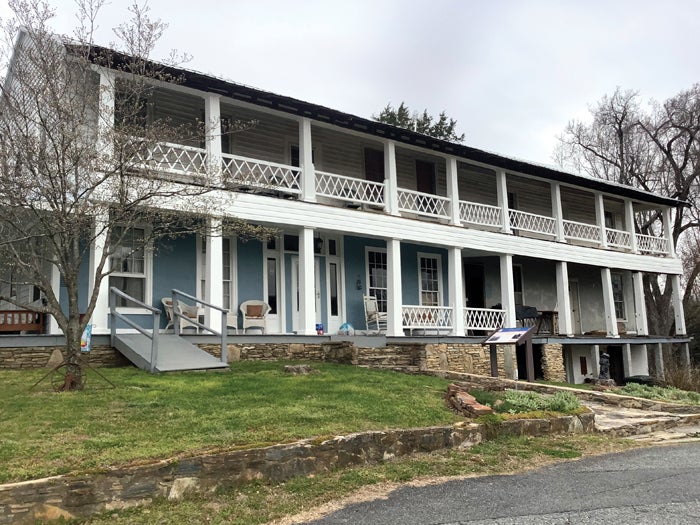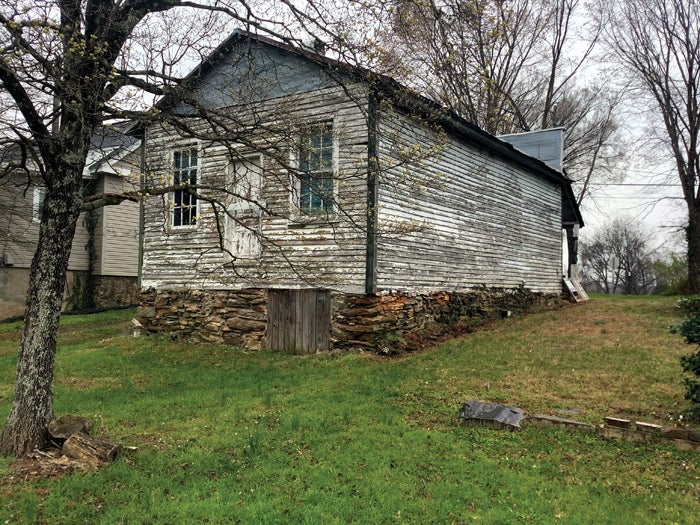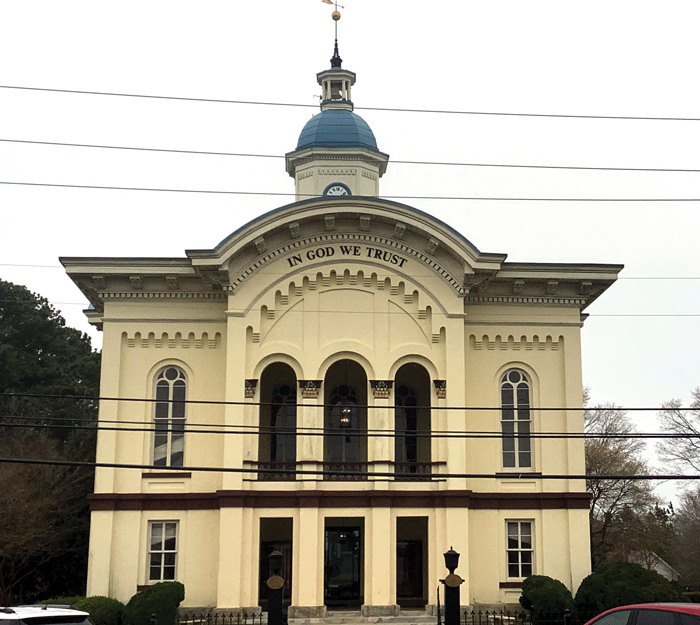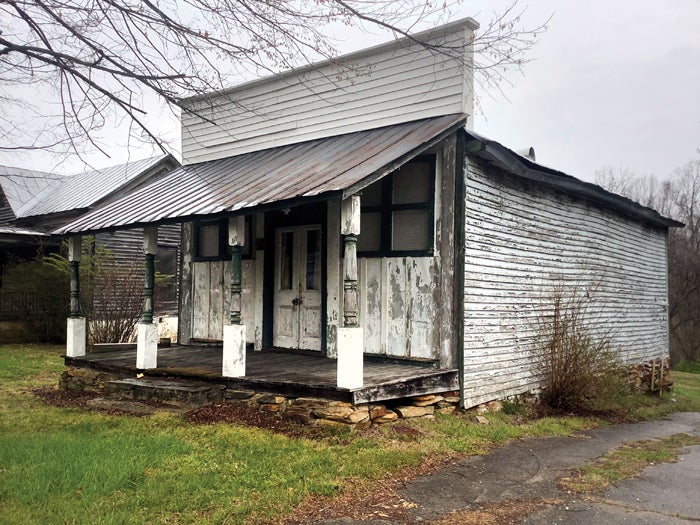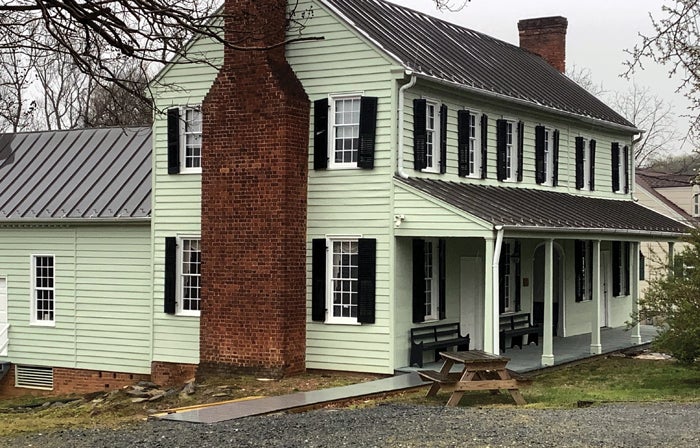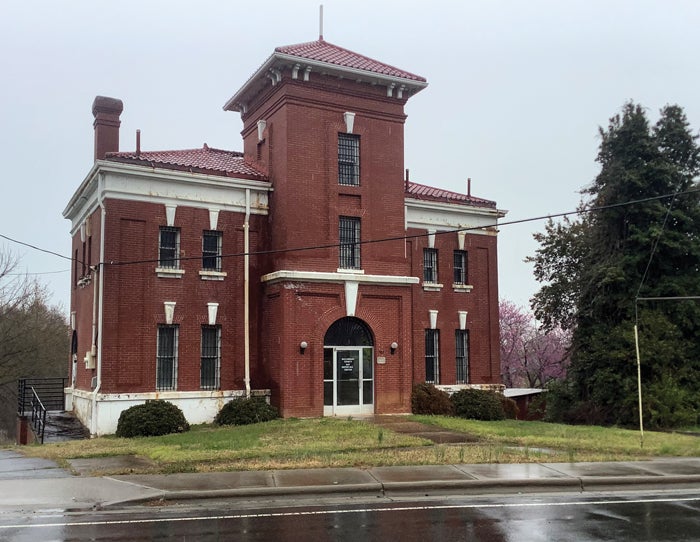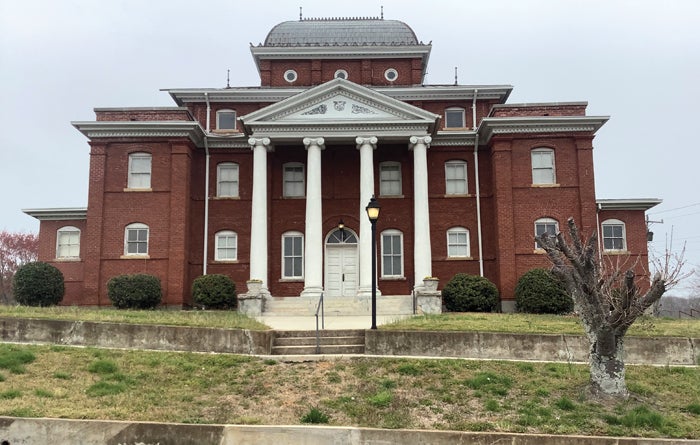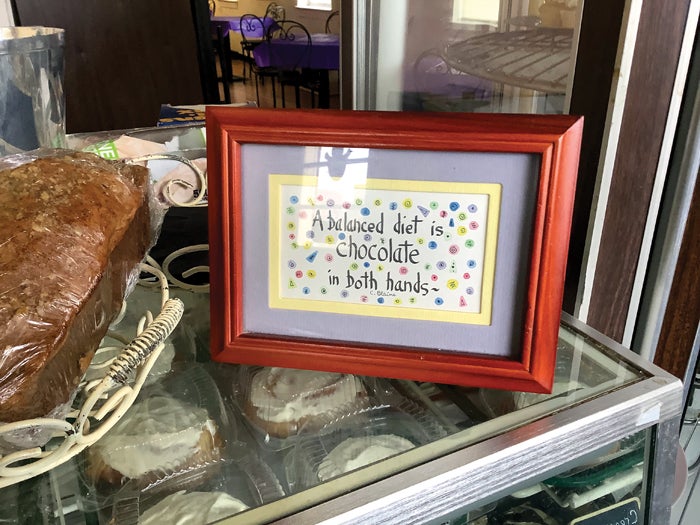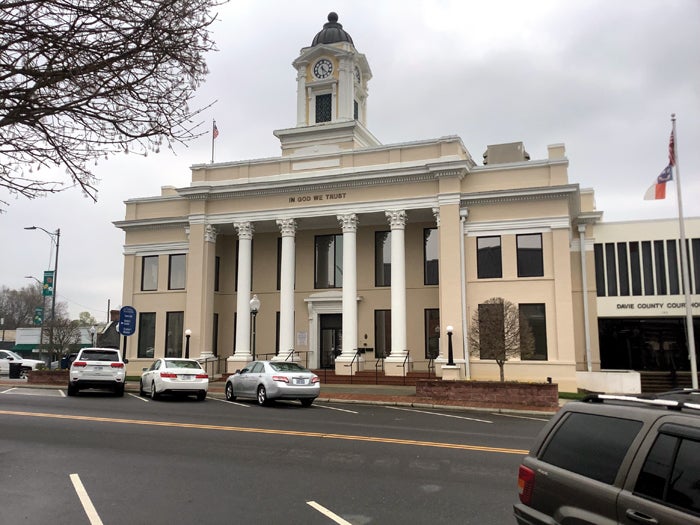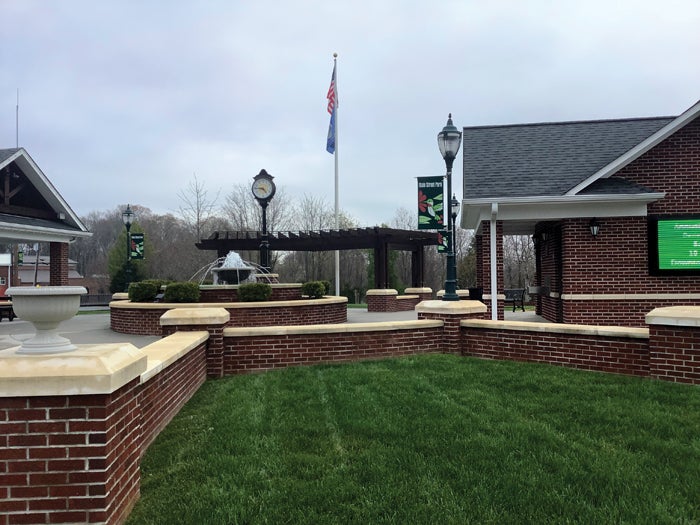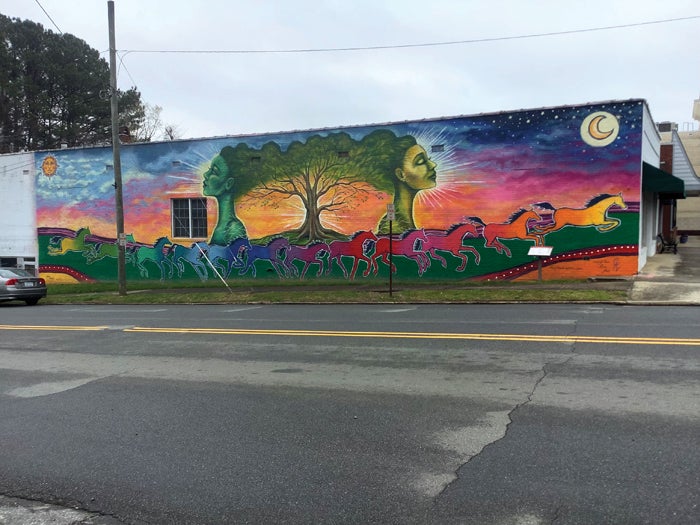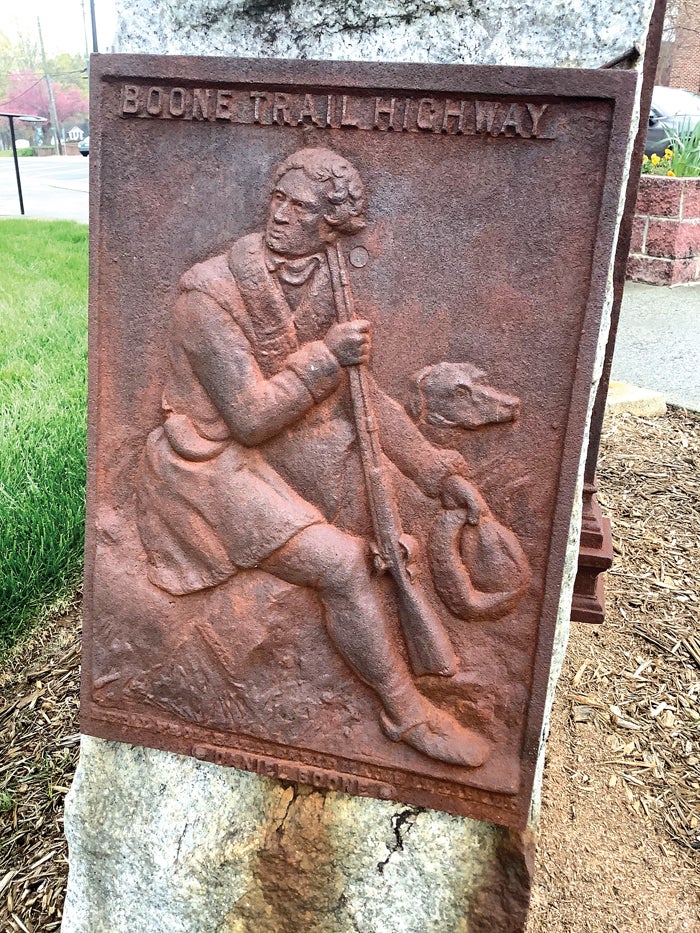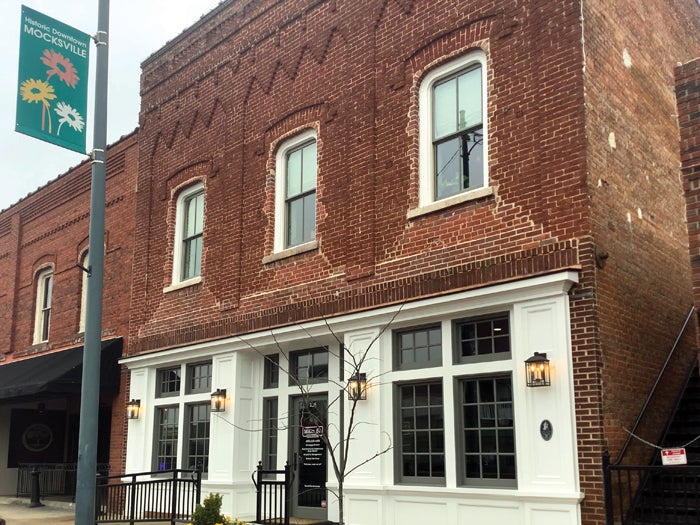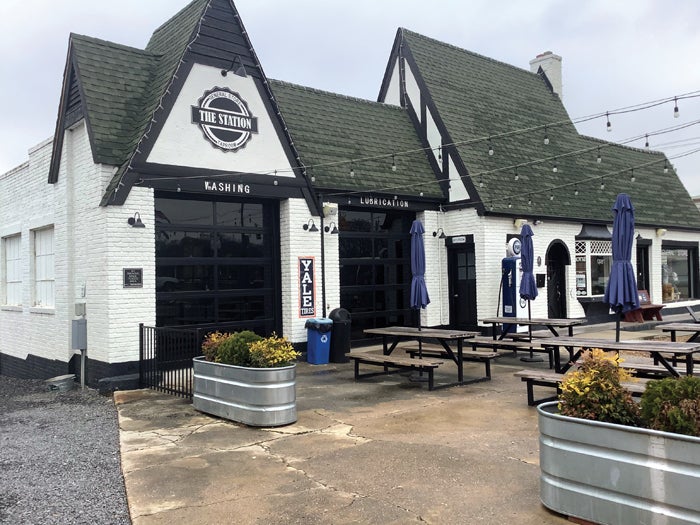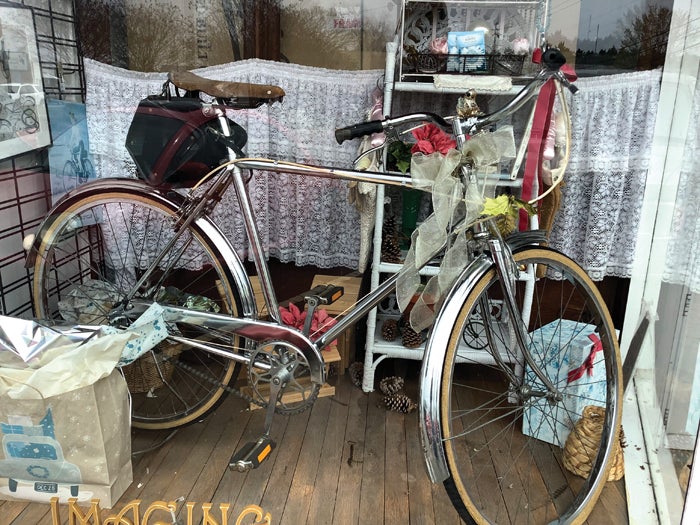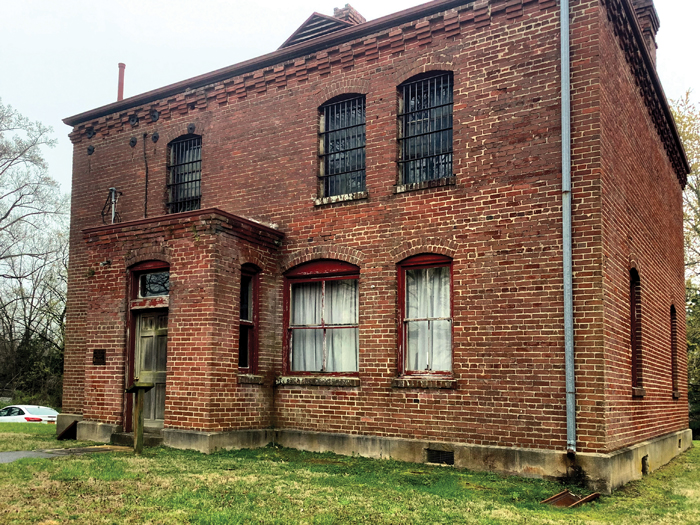Gotta Run: Four more counties on a cool drizzly day
Published 12:05 am Saturday, March 25, 2023
I will admit that I am becoming addicted to visiting the county seats of all 100 counties. At the last minute, I headed north on Wednesday to skirt the Virginia line in order to visit some of the less populated areas. And what fun it was!
I had my eye on Danbury, the seat of Stokes County, from the start because of its small size. What I found on a day of very scenic mountain-like drives was a history laden town of about 142 residents. General Stoneman’s Union force of up to 5,000 men occupied Danbury on April 9 and 10, 1865. He took over Moody’s Tavern, partly because of a hilltop view to the east and west where he thought resistance may come from. Stoneman got word of Lee’s surrender at Appomattox while here. The tavern is still there, built before 1860, but it later became McCanless Hotel. A portion of an old iron works is also still in town, the iron used for Confederate cannons, rifles and swords.
Founded in 1851, Danbury had multiple interesting sites. The Danbury Cemetery, established in 1856, had multiple rows of very small and unreadable monuments. The old courthouse is spectacular, and one source said that Danbury got the county seat because of its central location. There are at least three old but still active church buildings and a few active businesses. One is the Artists Way Creations Bakery and Café where I got a cinnamon bun, a cupcake and two oatmeal cookies.
Next I headed to Wentworth, the county seat of Rockingham County. Historic Wentworth was also amazing, yet I drove by it because Siri told me that I hadn’t reached town yet. Siri’s Wentworth was a new and sprawling courthouse with various government agencies nearby. I drove back to the historic part and explored it in the rain. First chartered as Rockingham Courthouse, the town became Wentworth in 1794.
I found Wright Tavern, built in 1816, and still in good shape. It is called a dog run building, common during that period and meaning that a breezeway exists on the first floor. Wentworth Presbyterian Church was organized in 1859, again just ahead of the Civil War, as was Ratliffe’s store which served as the post office. The magnificent old courthouse was built in 1907 replacing the one that burned in 1906 after being built in 1824. Several Confederate infantry companies were formed at the 1824 structure.
Especially interested in Ratliffe’s store, I noted that the foundation was made of flat and stacked rocks. I couldn’t see inside the store but can only imagine the history of the building. The courthouse is now a museum and was open during my visit. The old jail is just across the road from the courthouse.
I headed east for more of the same in Yanceyville, county seat of Caswell County and founded in 1792. I found a similar historic area as with Danbury and Wentworth, but this time clearly the center of the town. Dominating the town center is possibly my favorite courthouse so far, surrounded by history and memoriam. Yanceyville was either named for U.S. Congressman Bartlett Yancey or his older brother James. Debate still lingers over this topic. Bartlett Yancey’s home remains, painted in a light shade of purple.
Courthouse square has many antebellum homes nearby, one built in 1836 that adjoins the square. Within a short walking distance behind the courthouse are the old jail, used from 1906 to 1973 and the first one built in N.C. with the intention of hanging prisoners inside. It was never used for that purpose because the laws changed the year after it was built. Also behind the courthouse are the one room Poteat Schoolhouse, used around 1900, and an arboretum. Notable were the side by side memorials to the local soldiers of the Confederacy and to Nicholas Dillard, the local man credited with ending segregation in the area.
Speaking of antebellum homes, I spent about 12 miles on N.C. 150 before leaving the Caswell County area. I was amazed at the amount of older homes still in use along this road. I have never seen so many of them like this anywhere in the country. It’s well worth the ride if you visit the area.
I decided to finish my visit to Mocksville on the way home. I had earlier visited the grave of Daniel Boone’s parents and needed to finish my visit to the county seat of Davie County. I was not disappointed. I found a bustling and busy Main Street, all in sight of their courthouse, that included many restored buildings. One previously housed a tobacco factory from 1866-1882 and another a general store that began in 1905. A large mural depicted how horses were unloaded from the train during World War II for use on the local farms since gasoline was scarce. Those horses were run through town to a corral next to a blacksmith shop.
A lot of attention is given to Daniel Boone, remembered as a hunter, explorer, backwoodsman, surveyor, legislator and more during his time in Davie County from 1750-65. His monument sits in front of the courthouse, commemorative of the Boone Trail Highway. Just down the street is the restored Carolina Frost Cabin, built before 1840, about the time that Mocksville was incorporated in 1839.
Mocksville, just like all the others of this day, is loaded with history. Loaded with impressive old homes and churches too and I always enjoy driving through town. The big courthouse is still in use.
With 12 counties complete, I look forward to visiting the other 88. Some will be on multi-day trips. I spent 6.06 miles on my feet today and drove 246 miles to visit these wonderful towns. No duds here! We’ll continue soon.


